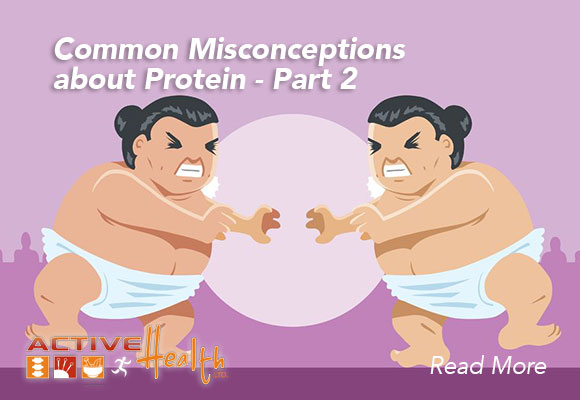“Protein” is a very broad term. There are actually many kinds of proteins, and they all have different jobs within the body. Proteins kick off chemical reactions in your body, they signal metabolic reactions, and they’re part of the structure of everything from cell walls to hair and fingernails. Proteins, at the most basic, are strings of molecules—called amino acids—which are strung together in different combinations.
Essential vs. Nonessential amino acids
There are 21 amino acids, and our bodies can actually make 12 of them. The remainder we must get elsewhere. These are what we call essential amino acids, and these are what we’re concerned with when we talk about dietary protein. Protein is found in varying amounts in many foods, both animal and vegetable, but is most abundant in animal products. This leads us to:
How much protein should I eat every day?
The recommended daily allowance (RDA) of protein is (.36) or about a third of a gram of protein per pound you weigh. Functional nutrition providers typically believe that the RDA of protein is to low. We often recommend that our patients eat half a gram (.5) of protein per pound you weigh. If you weigh 100 pounds you should eat 50g of protein per day.
Misconception #4: Soy is the only non-meat food to contain all the essential amino acids
There are actually quite a few non-meat foods other than soy that contain all the essential amino acids in quantities large enough to be useful. A sampling of these are:
- Quinoa
- Hemp seeds
- Armaranth
- Buckwheat
- Spirulina
- Chickpeas
- Black beans
- Avocados
Misconception #5: There’s no such thing as too much protein
Most Americans consume too much fat and simple carbohydrates and not enough protein. For better health and increased energy you should consider reducing the amount of simple carbohydrates and increase your protein intake for every meal.
At the other extreme high protein diets have been promoted for weight loss. What people do not realize is that excess protein in the presence of carbohydrates can lead to weight gain. Of greater concern is that consuming large quantities of protein for long periods of time can have a damaging effect on your kidneys.
Misconception #6: It is better to eat one big meal per day
Eating food is like maintaining a camp fire. You should think of protein and fats as the logs in a fire. Simple carbohydrates are equivalent to the kindling. You want to add a consistent amount of logs (protein) to your body throughout the day to keep the fire burning properly. Skipping meals or eating simple carbs such as candy bars, bread, past or fruit as a single meal will stress the body and use unnecessary resources to balance the “Fire” until you eat more fat and protein.
The bottom line? Every function in every cell of the body relies on protein. Adequate protein is the key to satisfying your hunger and maintain blood sugar levels
Protein Content In Our Food

